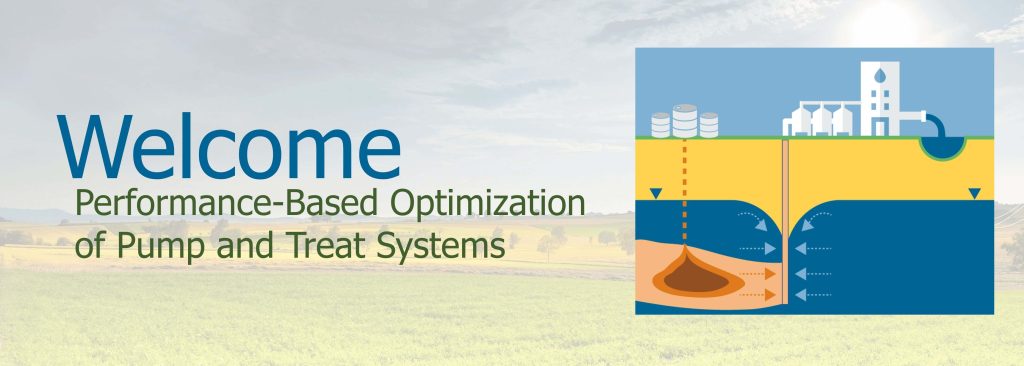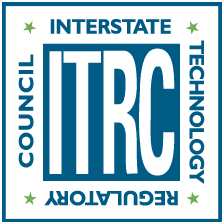
Pump & Treat Optimization Home
This document is intended for regulators, stakeholders, consultants, operators, responsible parties, and owners of contaminated sites where a Pump and Treat (P&T) remedy has been implemented or is planned. This document provides comprehensive guidance and a systemic and adaptive framework for the optimization of these systems. This guidance is intended to be used as an interactive tool, and it may be used in its entirety, or in part. It can be used during any part of the project life cycle, including evaluation, optimization, and transition phases. This guidance will also help users address sustainability and resiliency issues as well as regulatory and stakeholder considerations. It is not intended to supplant any regulatory requirement.
This document contains the following information:
- A comprehensive walk-through of the P&T project lifecycle, including evaluation, optimization, and transition phases.
- Guidance for addressing sustainability and resiliency issues and regulatory and stakeholder considerations.
- An interactive Checklist and Tool.
- Additional resources on P&T.
- Responses to the state survey that drove the direction of this document.
Below is the Optimization Life Cycle Navigation Diagram. This diagram depicts each of the major steps in the remediation process and links the project life cycle to the optimization process. The Optimization Life Cycle is an interactive navigation tool that allows the user to match optimization concepts to the phase of work they need.
Optimization Life Cycle Navigation Diagram

Optimization Life Cycle Navigation Diagram
Source: E. Madden, ITRC. Used with Permission.
Published by the Interstate Technology & Regulatory Council, June 2023


